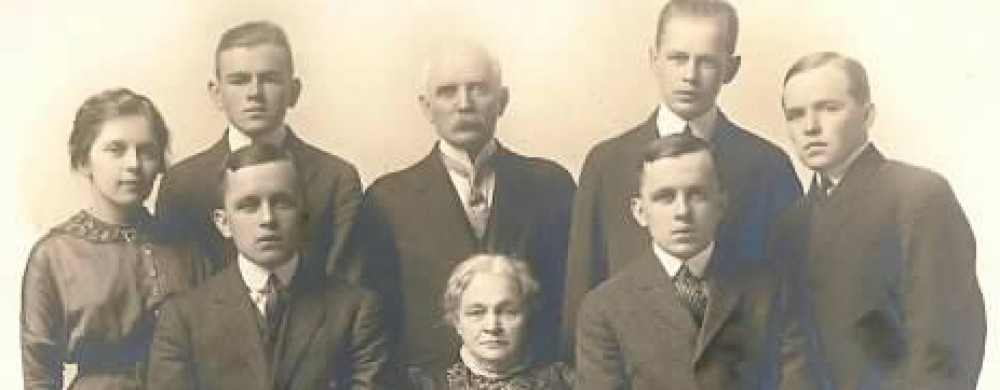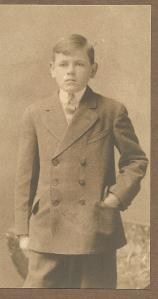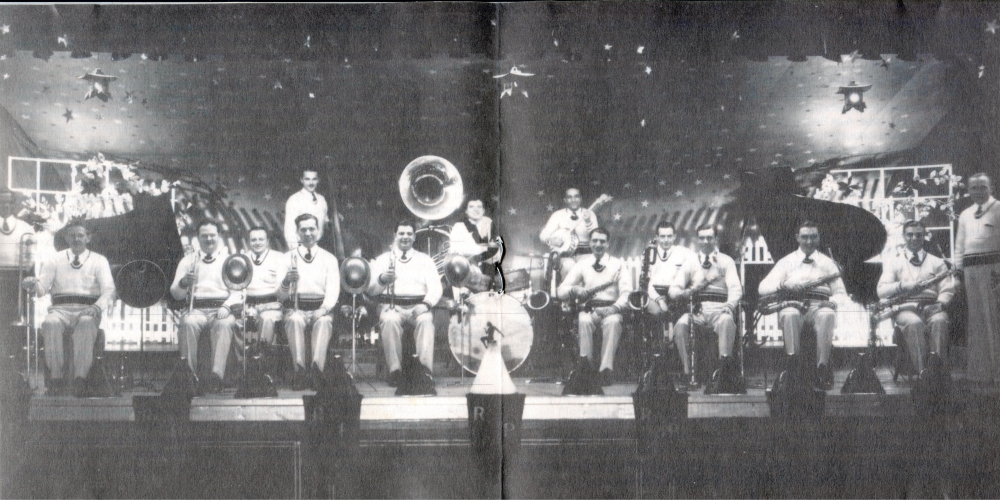
It’s exciting to discover your ancestors or relatives mentioned in a publication, be it a newspaper, school yearbook, or a local history book. Ten years ago, I found an except from the original edition of Concerning Mary Ann, which describes the lives and times of the Irish Catholic immigrants who settled Monroe County, Iowa in the mid 1800s. I wrote about it in the vintage post, “Of Cofflins and Rohans.”
Recently, I purchased a new edition of Leo R. Ward’s Concerning Mary Ann, with added material and wonderful photos.1 The focus of the book is the eponymous Mary Ann Coughlin (1860-1957) who married a Murray. As it happens, my Roane / Roan / Rohan relatives are bit players and hazily remembered, at best.
With the book in hand, I searched the names in the narrative at genealogy websites, which generated documents not available ten years ago. While the glaring errors of the Larry Coughlin-and-twin-Roane-brothers story are clearly exposed by a variety of records, what really surprised me is that Leo Ward was accurate in details for other families that include Murray, Fox, Burns, Fitzpatrick, Flaherty and Coughlin. Therefore, if you are a descendant of these folks, I urge you to read this account of life among hard-working farmers and railway workers, card players and drinkers and sample the flavor of a by-gone time and place. A dip into local history can transform your ancestors from names, dates and vital statistics on a page into living, breathing human beings.
Larry & the Roanes at the Land Office
As noted above, while Concerning Mary Ann supplies atmosphere for early Monroe County, it provided no reliable information for my Roane / Roan branch. Ward took the memories of an elderly Mary Ann (Coughlin) Murray (1860-1957) and crafted scenes with bachelor twins, “Ed and Pete Rohan,” who, supposedly, accompanied Mary Ann’s father, “Larry Cofflin” (Lawrence Coughlin, 1827-1901) on his first train trip to Iowa.
The “Rohans” of Larry’s time were Patrick (1829-1910) and Edward Roane (by 1834-?). Whether the men were brothers, much less twins, remains a matter of conjecture. The facts show that Patrick Roane was a married man with a wife and child when he arrived in Iowa, sometime before April 1855.2 His family was captured in the 1856 Iowa census, with a year-old son, James, born in Iowa.3 To date, no Edward Roane shows up in that enumeration.
On pages 21-22, Ward tells a vividly detailed story about the day Larry (Coughlin) made his commitment to a new life in America, as he bought government land to farm. (Excerpt below)
“Early one winter morning, with a breakfast of corn-dodger and pork in him, Larry went afoot through the dark to the tavern at the stagecoach line, his money strapped again around him, but no longer inside his shirt. He was off to the land office to take the eighty that he and Burns had eyed for him. The office was log, with a wooden floor and one window and an open fireplace. Not a soul was within as Larry entered…“1
The solitary nature of this account is especially surprising to me, because that day, April 9, 1855 (not winter), is the single, bona fide day that Larry Coughlin, Patrick and Edward Roane were all together for a momentous event. In the Chariton land office, each man purchased an abutting 80-acre parcel of land. Their names can be seen in the purchase register, written in the same clerk’s hand, and with consecutive transaction numbers.2
Valuable insights
As you can imagine, I read this book carefully, highlighting every mention of the Rohans, neighbors to the Coughlins as the immigrant generation raised the American families on their farms. Interestingly, the twin brothers disappeared and the narrative speaks of a single family, which we know to have been that of Patrick and Mary Roane / Roan, among their children, were a Peter and an Edward, who Mary Ann knew growing up, and whose names she recalled for the immigrant story. But there was an Edward Roane of that older generation. What happened to him?
Perhaps, the most important information in the book, for me, is Ward’s depiction of the upset railroad building caused in Monroe County and beyond. Where I once envisioned quiet farm living for miles and miles around, Ward describes the first railroads coming through, even cutting across farmers’ land. Also, railroad companies paid men $2 a day, when the prevailing rate for farm work was fifty cents. “Murray, Cofflin and every one…was there, in off seasons, with a team or shovel.”
Others took advantage of railroad workers from outside the community with money in their pockets. An enterprising man named Fox “…opened a tavern called “The Shebang,” and herself (his wife) ran a shanty or boarding house, …Tyrone boomed. In no time it had six saloons, though it had hardly a dozen families.
“The matter came home to Mary Ann’s people. Under the pressure of events their neighbor Roan went with his family to run a shanty. A farm, once proved up would keep, and just now high wages and “cuts” and “fills” and greenhorns on the road were buzzing in everybody’s ears.”
These pioneering immigrant farm families turned out to be more agile and adaptable to events and opportunities than I imagined. The railroad work could explain why, after buying his 80 acres, Patrick Roan’s occupation in the 1856 state census3 and the 1860 federal census was “laborer.”4 Patrick was not identified as a farmer until the 1870 federal census.5
Edward Roane remains a mystery man, there at the beginning and then he vanished.
- Did he die early and unremarked?
- Did he enlist to fight in the war?
- Did he follow the railroad in its push west?
I suspect, when Patrick Roan was laid to rest in Saint Patrick’s Cemetery on an April day in 1910, all knowledge, all memory of Edward, probable brother and possible twin, was buried with him.
Sources
1.Concerning Mary Ann, Leo R. Ward, C. S. C.; Illustrated Edition, 2007, edited by Leigh Michaels and Illustrated by Michael W. Lemberger; PBL Limited, Ottumwa, Iowa. (Available at www.pbllimited.com).
2. Bureau of Land Management; https://glorecords.blm.gov/details/tractbook/default.aspx?volumeID=181&imageID=0213&sid=xzvn5ixh.z40#tractBookDetailsTabIndex=1
3. Ancestry.com (http://ancestry.com : accessed 1 Nov 2016); Roane; Iowa, State Census Collection, 1836-1925. Rec. Date: 8 Jan 2016.
4. Ancestry.com; 1860 United States Census. Burlington, Des Moines, Iowa; Roll: M653_319; Page: 17; Image: 17; Family History Library Film: 803319.
5. Ancestry.com; 1870 United States Census. Wayne, Monroe, Iowa; Roll: M593_412; Page: 471A; Image: 34670; Family History Library Film: 545911.













